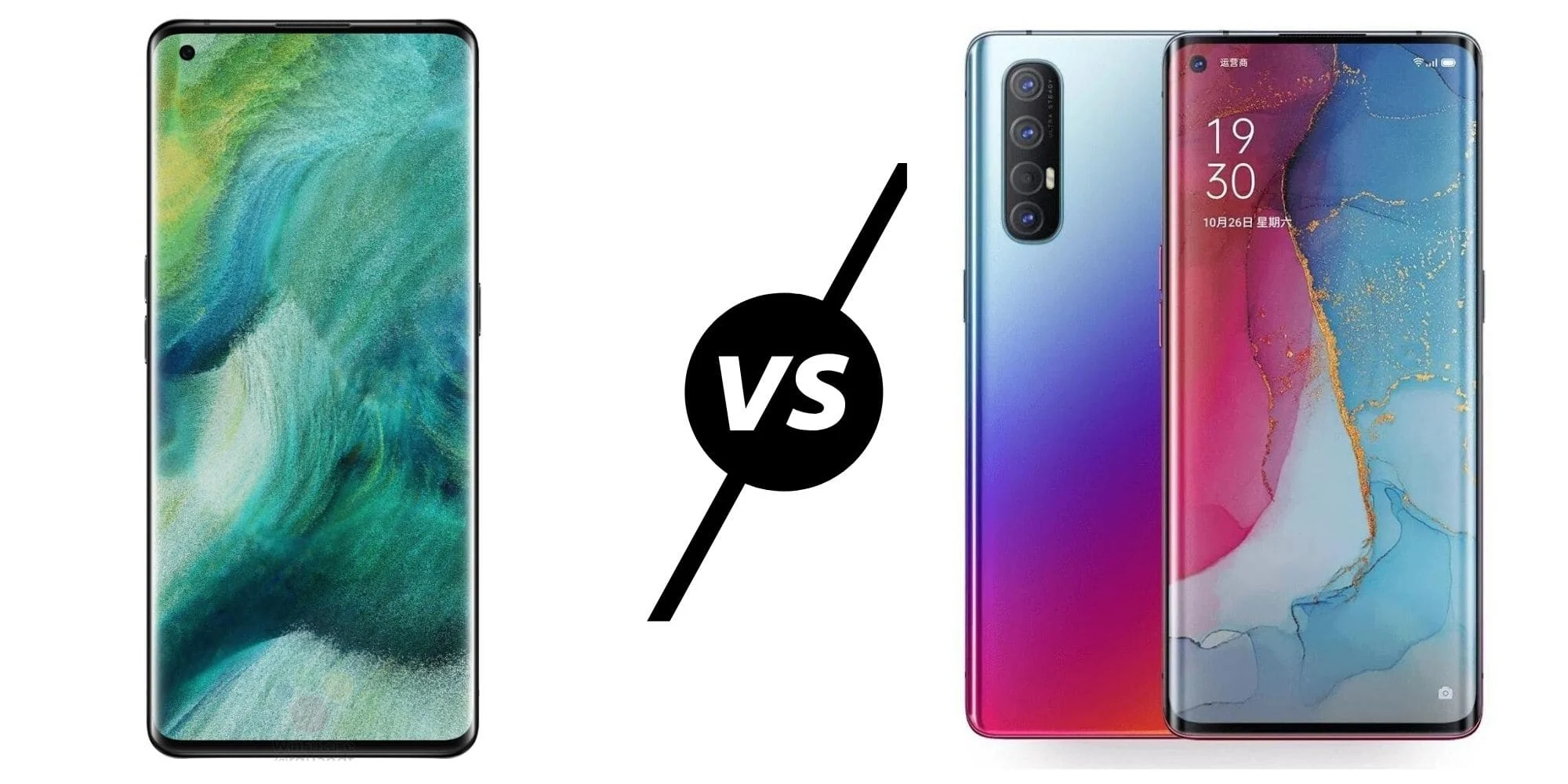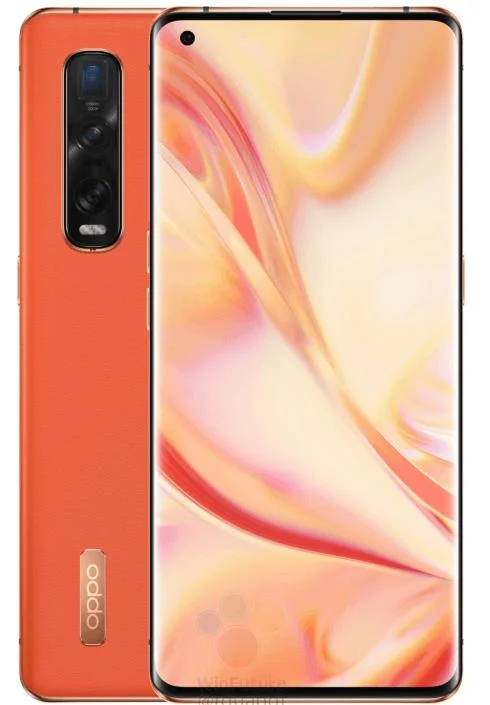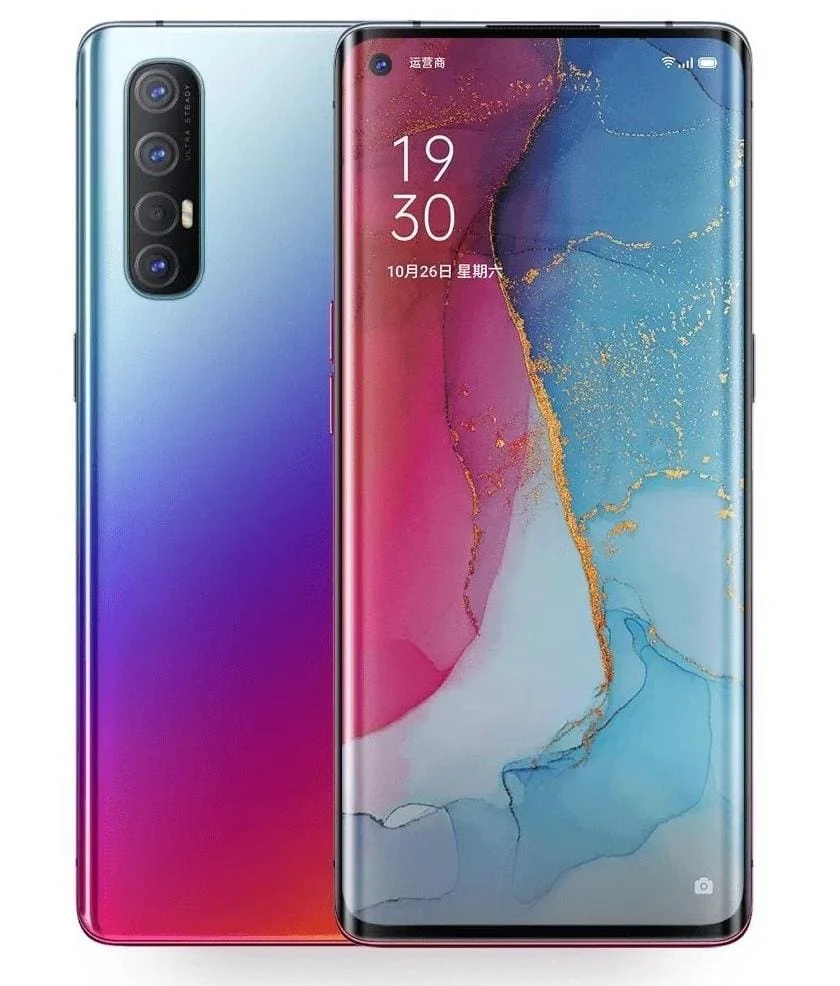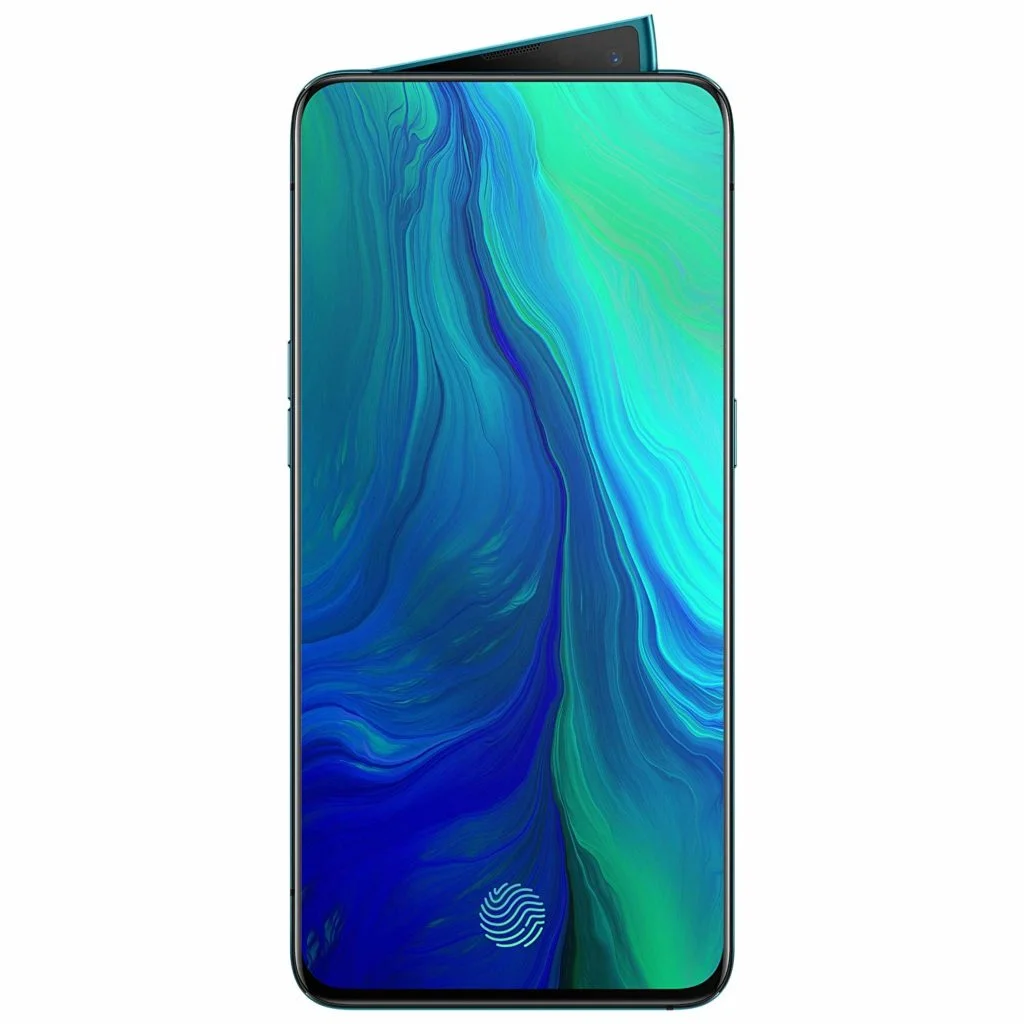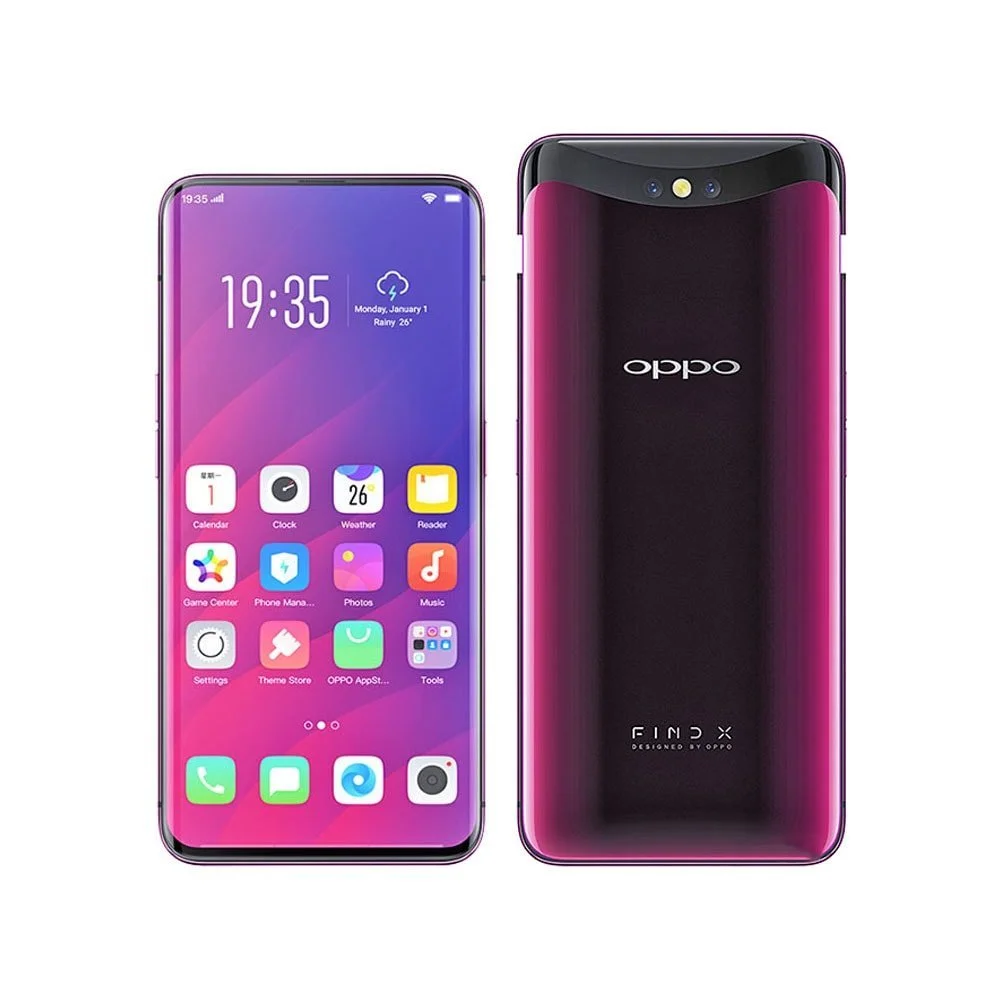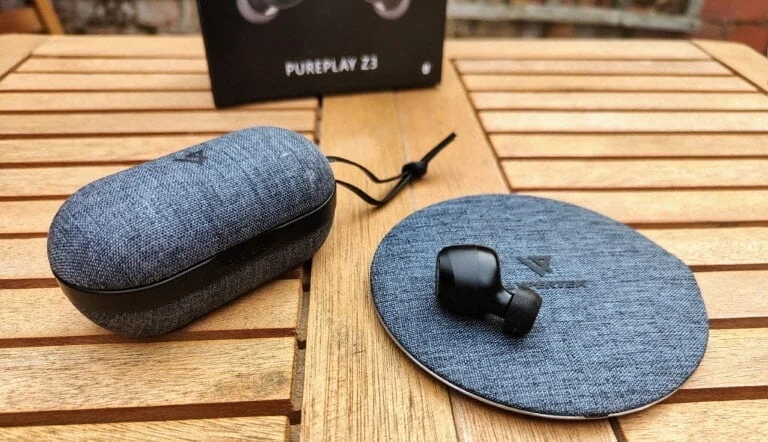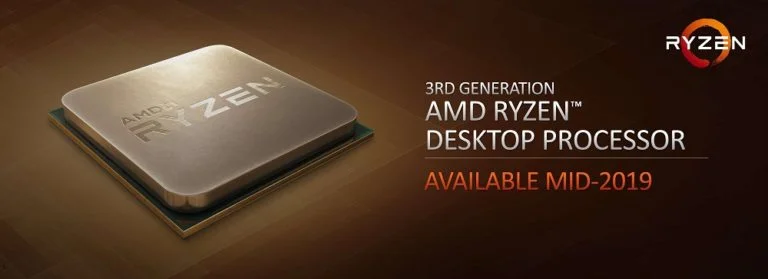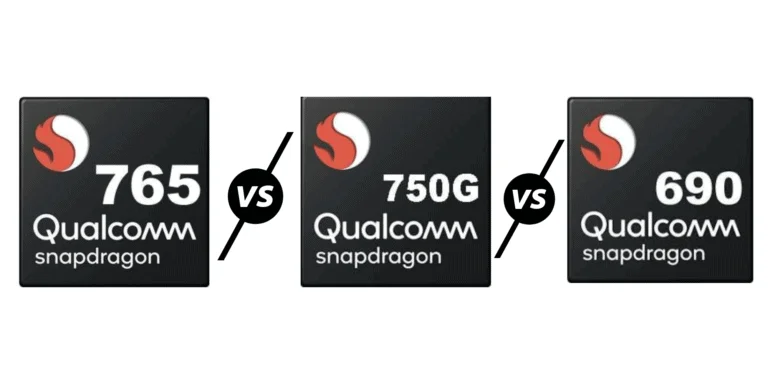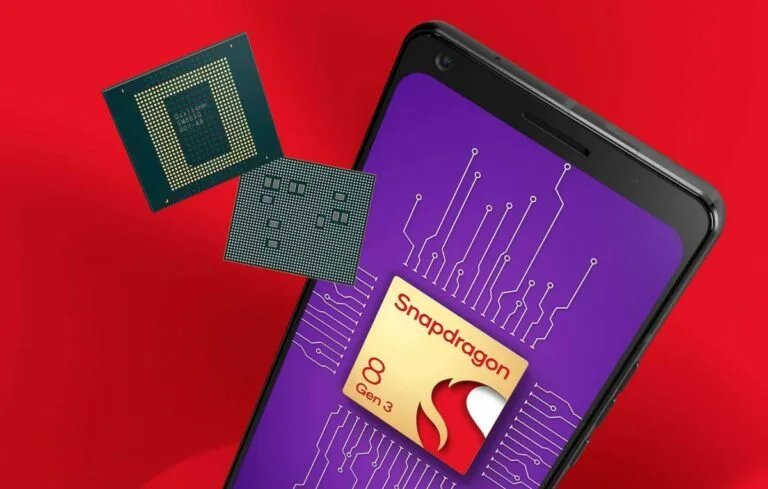Any links to online stores should be assumed to be affiliates. The company or PR agency provides all or most review samples. They have no control over my content, and I provide my honest opinion.
In just a few hours Oppo launch their latest flagship phone, the Find X2 which is likely to be one of the best phones of the year. There have already been plenty of leaks about it, including press images of the phone and it looks strikingly similar to the Oppo Reno3 Pro 5G launched in China.
The Find X2 will come in two versions, the standard and Pro model.
I have been critical of Oppo’s naming conventions recently, with the Reno3 range being extremely confusing, with two Pro models, but the recent 4G Pro model being the worst specced phone of the three.
The same could be said here too, the leaked specs and images aren’t just similar, this Find X2 looks to be the flagship version of the Reno3 models with a bump in spec from the Oppo Reno3 Pro 5G.
I will update this post with any changes to the specification and design follow the official launch.
Chipset
The Oppo Find X2 will have the top of the range 5G Qualcomm Snapdragon 865, from all the leaked benchmarks it looks like Qualcomm will continue to dominate the performance charts.
To give some idea of how confusing Oppo have been, here are the phones from most powerful to least:
- OPPO Find X2 Pro – Qualcomm Snapdragon 865
- OPPO Find X2 – Qualcomm Snapdragon 865
- Oppo Reno3 – MediaTek Dimensity 1000L (China only)
- Oppo Reno3 Pro 5G – Qualcomm Snapdragon 765G (China only, same design as the Find X2)
- Oppo Reno3 Youth – Qualcomm Snapdragon 765G (same design as the Reno3)
- Oppo Reno3 Pro – MediaTek Helio P95
It looks like the Find X2 Pro will come with 12GB of LPDDR5 RAM and 512GB of UFS 3.0 storage as standard, which is not upgradable.
The Find X2 has 256GB of non-expandable UFS 3.0, the RAM specification hasn’t been leaked but I would guess 8GB.
Display & Design
Face on you will struggle to notice any difference between the two Oppo Find X2 models and the Reno3 Pro 5G, and to be fair, I think they all look beautiful.
The Find X2 is a bit larger than the Reno3 series, adopting a 6.7-inch curved AMOLED display vs the 6.5-inch screen you find on the Reno3 Pro.
However, while the phone does look amazing, you could argue it is a step back from the shark fin design introduced with the Oppo Reno 10x Zoom, or the sliding design of the original Find X2.
The Reno runs at 1080 x 2400 pixel with a 90Hz refresh rate.
The Find X2 Pro comes with a 6.7-inch 1440×3168 OLED touchscreen with 20:9 aspect ratio, 120Hz refresh rate and Gorilla Glass 6 on top. It is believed this will run at a 120Hz refresh rate and 240Hz touch-sensing.
The X2 Pro does stand out from other flagship devices with the rear of the phone being either ceramic or leather. This means the phone is quite weighty at 207g for the ceramic or 200g for the leather, though considerably lighter than the Samsung Galaxy S20 Ultra 5G at 222g.
The standard Find X2 uses the same screen, but its back is Gorilla Glass 6 and not fancy ceramic or leather.
The display and design are also what separates the X2, and 5G Reno3 Pro from the other two Reno3 models, including the different Pro model They both, have attractive designs, but they don’t use they don’t have the curved display, the Pro model uses a dual-punch-hole selfie, while the standard Reno3 uses a dewdrop selfie. Then, there is also a Youth edition which has the same design as the standard Reno3.
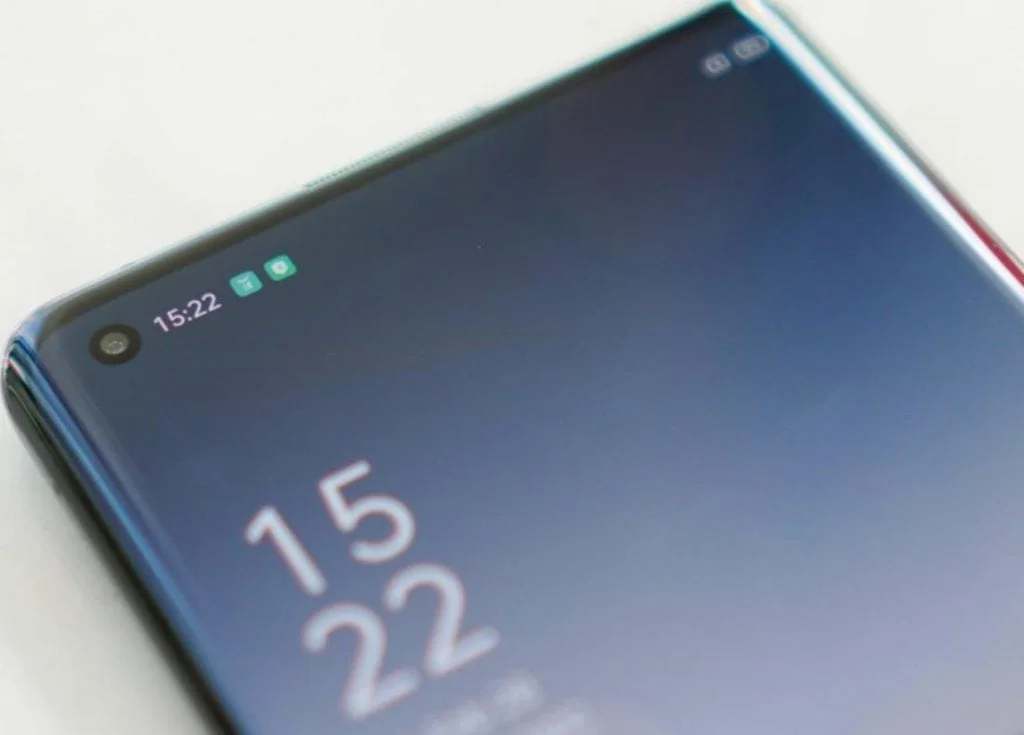
Camera
This is the next thing that differs between the Find X2 and Reno3 Pro 5G.
With the Reno you get an impressive:
- 48 MP, f/1.7, 26mm (wide), 1/2.0″, 0.8µm, PDAF, OIS
- 13 MP, f/2.4, 53mm (telephoto), 1/3.4″, 1.0µm, PDAF, 2x optical zoom
- 8 MP, f/2.2, 13mm (ultrawide), 1/3.2″, 1.4µm
- 2 MP B/W, f/2.4, 1/5.0″, 1.75µm
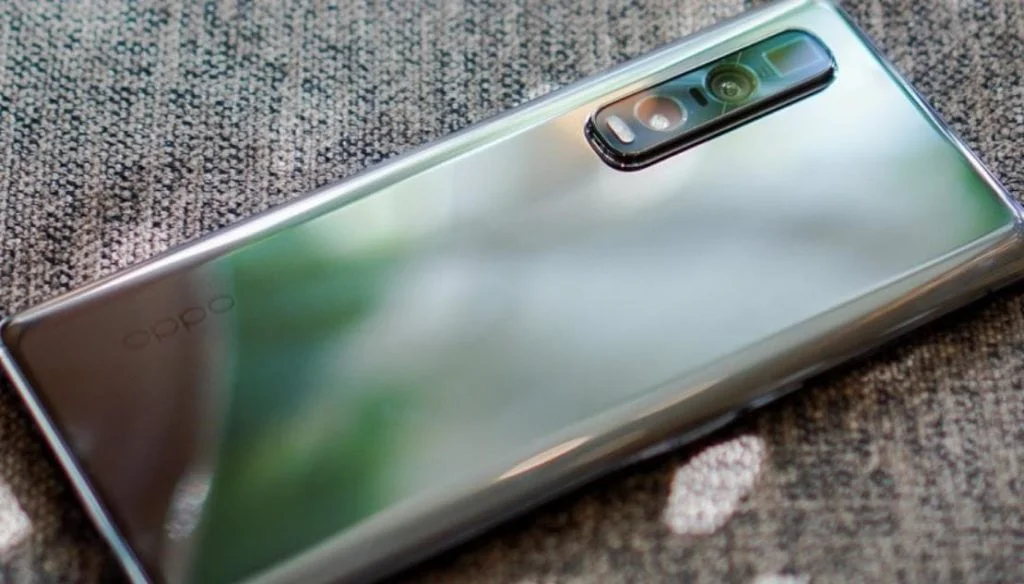
With the Find X2 Pro has a new 48 MP main Sony IMX689 1/1.43″ sensor with 1.12 µm pixel size, dual-pixel autofocus, and OIS.
Then there is a 2nd 48MP lens but using the IMX586 the same as the Reno3.
Then there is a 13 MP zoom camera with OIS and 1 µm pixel size. This is a periscope lens providing 5x zoom and combined with the other sensors you get 10x hybrid zoom. Digital zoom will take you all the way up to 60x.
For the standard X2 you get the 48 MP Sony IMX 586, accompanied by a 12 MP ultrawide with 1.4µm pixel size, and a 13 MP telephoto with 3x optical zoom and 20x max digital zoom.
Battery
For the battery, all the Renos has the same battery and charge speeds, while the Find X2 bumps this up and include the ridiculously fast 65W charging.
- OPPO Find X2 Pro – 4,260 mAh battery with 65W charging
- OPPO Find X2 – 4,200 mAh with 65W charging
- Oppo Reno3 – 4025 mAh battery – 30W charge
- Oppo Reno3 Pro 5G – 4025 mAh battery – 30W charge
- Oppo Reno3 Youth – 4025 mAh battery – 30W charge
- Oppo Reno3 Pro – 4025 mAh battery – 30W charge
Other Features
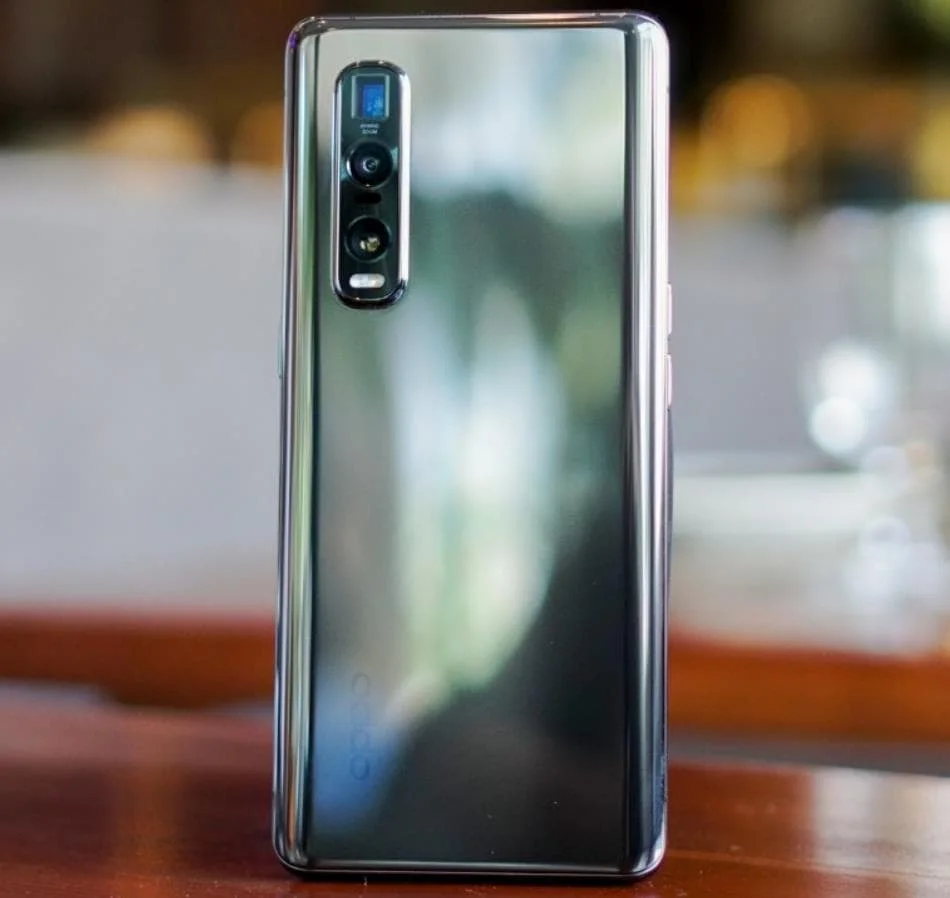
The Find X2 Pro is IP65 water and dust resistance. This means it’s “dust tight”, but can only withstand being subjected to water jets, not being submerged.
The Find X2 is rated for IP54 which means it’s dust protected (but not dust-tight), and can only withstand splashes of water.
This is a bit poor compared to some other companies, the S20 series is IP68 rated, as is the Huawei P30 Pro, but from what I can tell this is the first time Oppo has ever added an IP rating, so it is stepping in the right direction.
Price
The Find X2 Pro is reported as costing a massive €1,199 in the EU so probably £1099 here. These 5G chipsets come at a cost, and it seems that companies are making the most of this with increased prices from every release so far.
The Oppo Find X2 will apparently be €999 so £899
The Oppo Reno3 Pro 5G and Reno3 are both China only, but the Reno3 launched at CNY 3,999 or £438
The just-announced Reno3 Pro 4G which is available in India only for now launched at rs.29,990 so about £315
Overall
Moving on from my gripe with the moronic naming schemes of Oppo, the Find X2 series does look superb. The Pro model is obviously the standout phone with it using the new IMX689 sensor, but the question is if it is worth the extra £200 over the standard model.
I doubt I will get a review sample so we will just have to see what others say about the camera differences.
I am James, a UK-based tech enthusiast and the Editor and Owner of Mighty Gadget, which I’ve proudly run since 2007. Passionate about all things technology, my expertise spans from computers and networking to mobile, wearables, and smart home devices.
As a fitness fanatic who loves running and cycling, I also have a keen interest in fitness-related technology, and I take every opportunity to cover this niche on my blog. My diverse interests allow me to bring a unique perspective to tech blogging, merging lifestyle, fitness, and the latest tech trends.
In my academic pursuits, I earned a BSc in Information Systems Design from UCLAN, before advancing my learning with a Master’s Degree in Computing. This advanced study also included Cisco CCNA accreditation, further demonstrating my commitment to understanding and staying ahead of the technology curve.
I’m proud to share that Vuelio has consistently ranked Mighty Gadget as one of the top technology blogs in the UK. With my dedication to technology and drive to share my insights, I aim to continue providing my readers with engaging and informative content.

